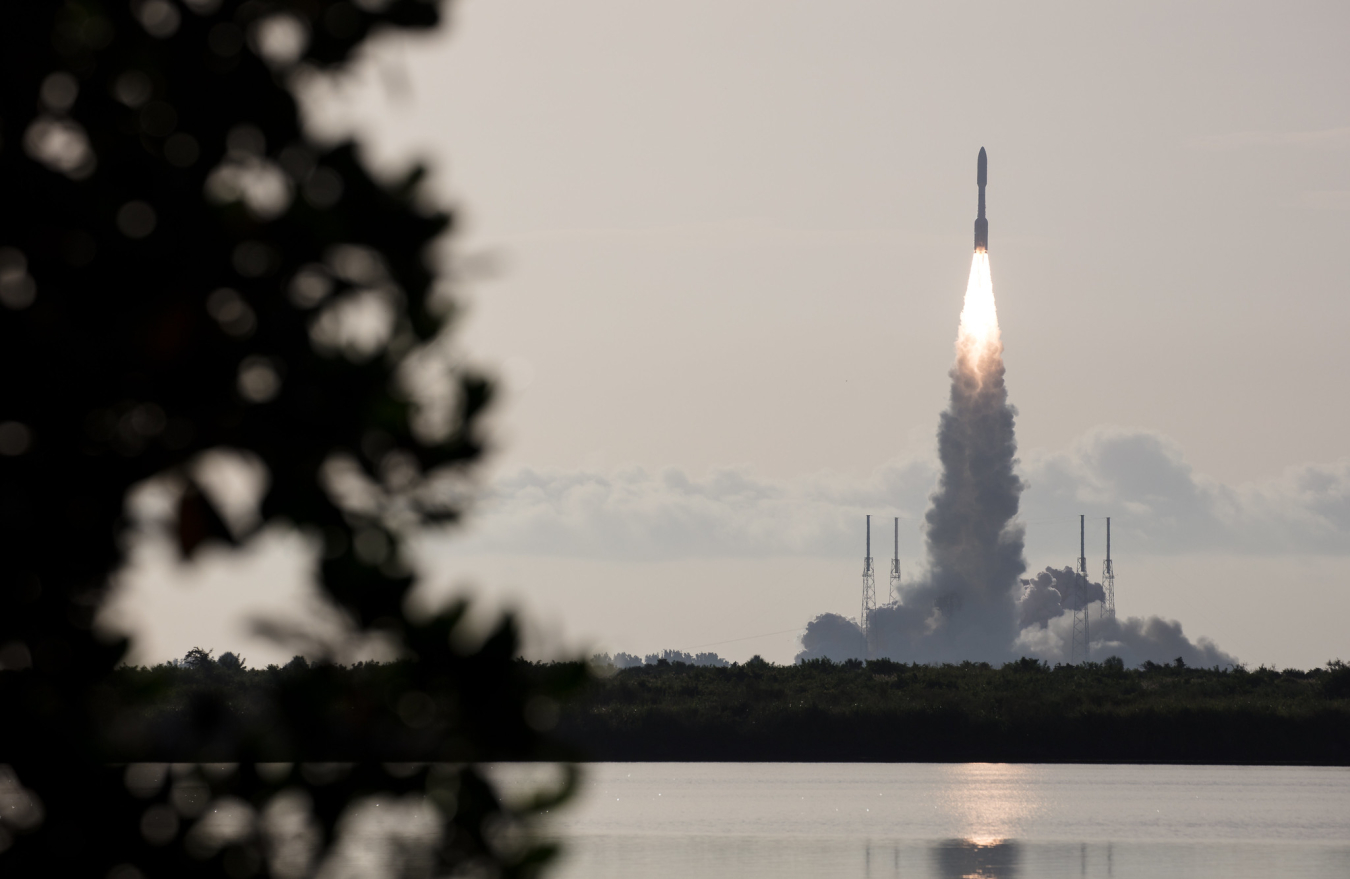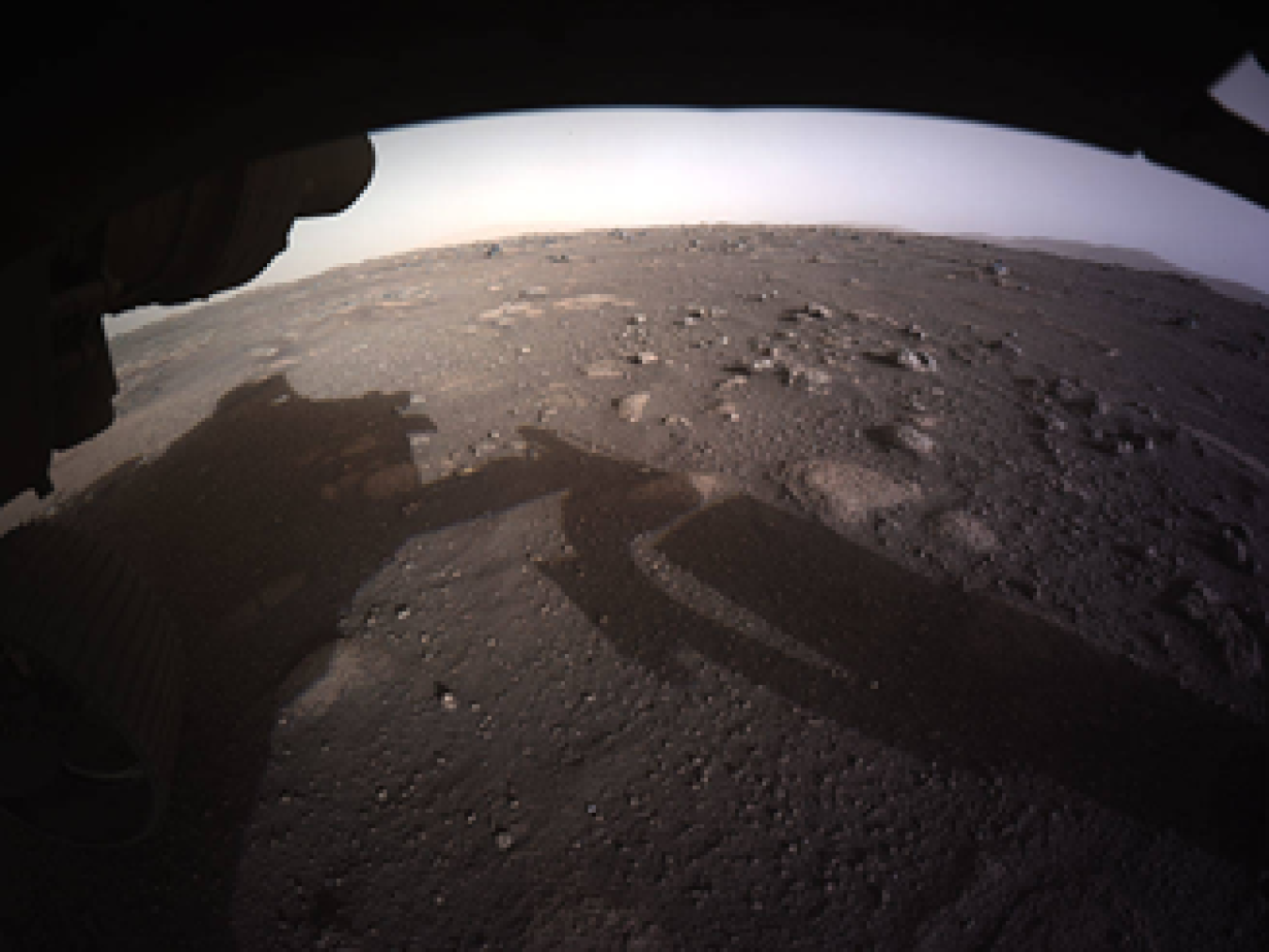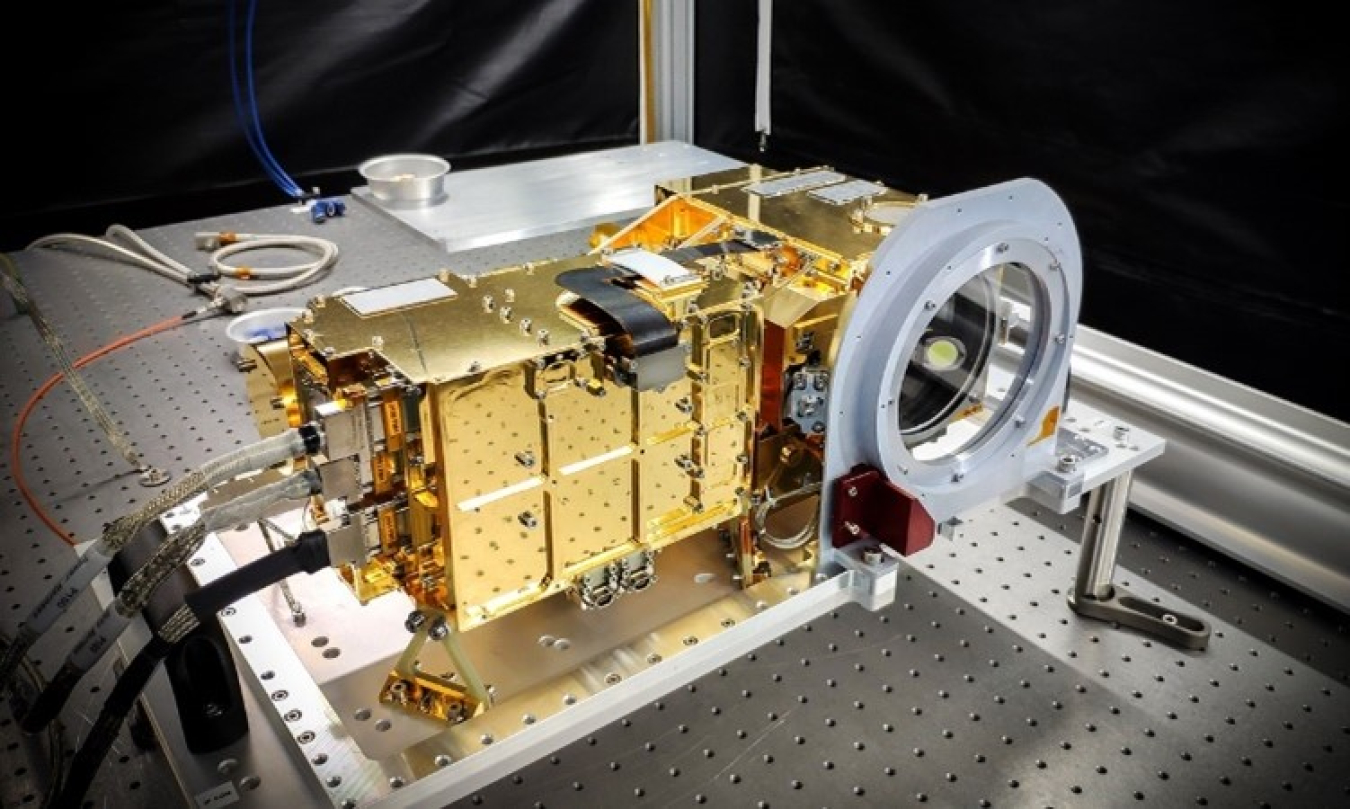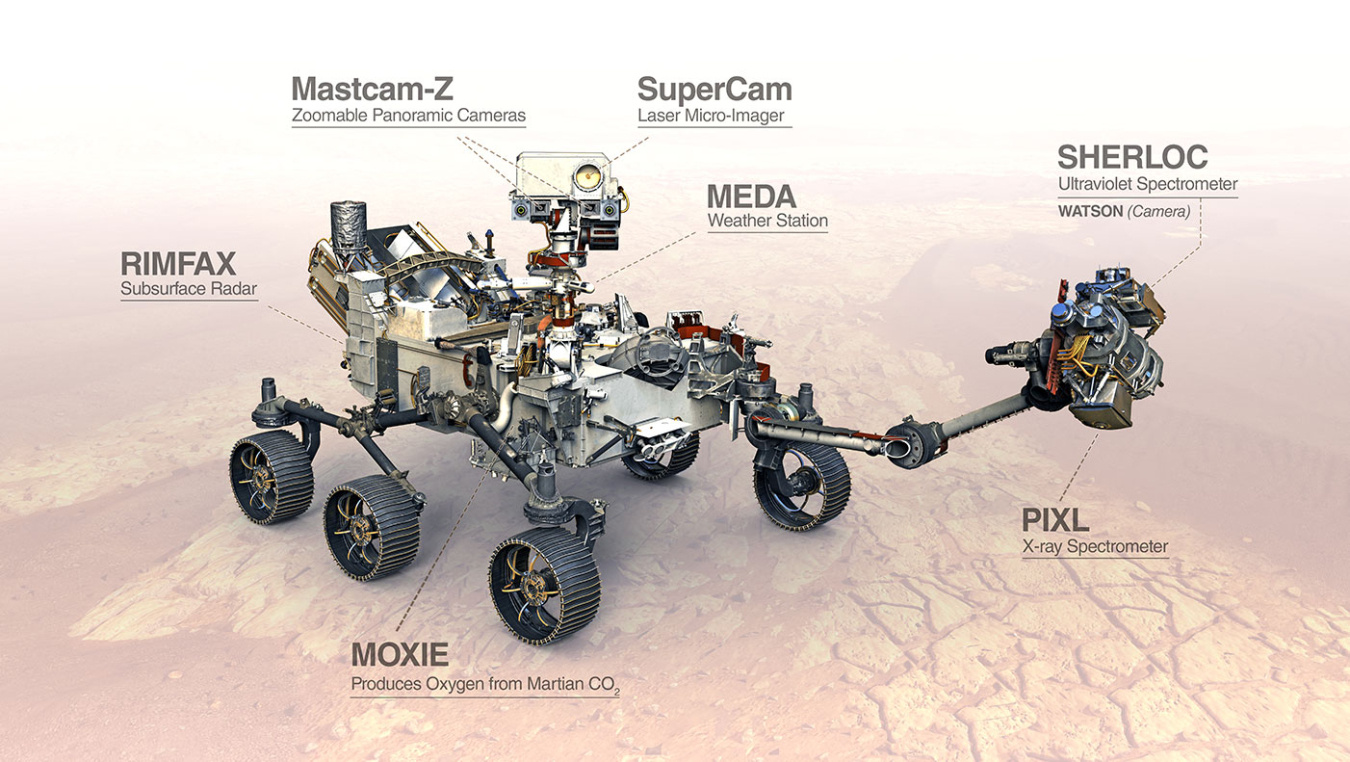On February 18th, millions of people stopped what they were doing to watch Perseverance, the newest Mars rover, land in Jezero Crater on the Red Planet. After traveling 293 million miles (472 million kilometers) since launching last July, the rover’s job in its new home is to search for signs of ancient life at a microbial level and try to find past habitable environments, building on the work of its predecessor Curiosity. That makes this the National Aeronautics and Space Administration’s, or NASA’s, most advanced astrobiology-focused mission. It also begins the first round-trip to Mars – future missions will bring the samples collected by Perseverance back to Earth by 2031.
You may not think that the National Nuclear Security Administration (NNSA) could have had much to do with this, as Perseverance certainly does not have a nuclear weapon onboard. However, as home to some of the world’s most cutting-edge laboratories, NNSA does not limit its research and development to just nuclear and national security. Technology transfer efforts spearheaded by our labs help put many of their innovations into the hands of American consumers; and through strategic partnership projects, the federal government leverages the skills of NNSA’s talented workforce to provide support to other mission areas. While NASA partnered with the Department of Energy’s (DOE) Office of Nuclear Energy to lead this extraordinary mission to Mars, NNSA played a critical part in making it happen.

One critical contribution to the Perseverance mission was the power source – how do you get around Mars, millions of miles from home, without relying on power outlets, gas stations, or solar panels? The rover’s energy comes from a multi-mission radioisotope thermoelectric generator, or MMRTG. Using the natural radioactive decay of their fuel to provide power, MMRTGs are packaged in a lightweight and compact system. When they were first developed decades ago, DOE’s Savannah River Site (SRS) in South Carolina was tasked with providing the plutonium-238 that fueled them, from the Voyager to the Cassini probes. In fact, most of NASA’s deep space missions were powered by SRS plutonium through the 1990s, making the site a critical part of our Nation’s history of space exploration.
Today, NASA continues to rely on DOE and NNSA to provide fuel manufacturing support for such missions, with Los Alamos National Laboratory (LANL) and DOE’s Oak Ridge National Laboratory (ORNL) and Idaho National Laboratory (INL) partnering to execute this for Perseverance. LANL, one of NNSA’s National Security Laboratories, was responsible for safely turning plutonium dioxide into usable fuel pellets, encapsulating the pellets into iridium cladding and decontaminating and thoroughly testing them. The plutonium dioxide was produced at ORNL and irradiated at either ORNL or INL before coming to LANL to be blended with existing inventory. The MMRTGs, complete with 32 plutonium fuel pellets, were ultimately delivered to NASA’s Kennedy Space Center in Florida. The method to safely transport these power systems is not so different from transporting nuclear weapons, which also contain radioactive materials. NNSA’s Office of Secure Transportation is responsible for moving nuclear warheads and relevant materials and components across the Nation. The office, manned by federal agents, lent its on-the-road expertise to help deliver these MMRTGs to their final destination – on Earth, at least.

The assembly of the MMRTG isn’t the only way NNSA powers the mission. Like anything containing significant amounts of radioactive material, MMRTGs create a need for radiological monitoring, especially when you’re about to blast off into space with one onboard. The experts at the Nevada National Security Site’s Remote Sensing Laboratory (NNSS RSL) provide radiological monitoring for major public events, like the Super Bowl, and incidents like the Fukushima nuclear disaster. Since the 2011 launch of the Mars Curiosity rover, the RSL team has been conducting radiological contingency planning and sensor development for the Mars 2020 mission. NNSS was supported by federal personnel from NNSA headquarters and Savannah River; Radiological Assistance Program (RAP) Region 3; DOE’s Pacific Northwest National Laboratory; and NNSA’s Lawrence Livermore National Laboratory; Kansas City National Security Campus; and Sandia National Laboratories. Their collaborative efforts culminated in an extensive real-time monitoring network deployed for the launch of Perseverance, which was completed safely and successfully.
Sandia National Laboratories also ran safety assessments to understand the risks of the launch for four years leading up to the event, using both state-of-the-art computer modeling and physical tests at Sandia’s Thermal Test Complex and Rocket Sled Track. Supported by LANL, ORNL, and INL, their efforts to identify and reduce risk to the launch helped ensure that the rover’s departure went off as planned.

Now that Perseverance is on Mars, it has finally embarked on its data-gathering mission, with the help of two of the seven scientific instruments aboard the rover developed in part by LANL. SuperCam was invented in collaboration with multiple international partners ranging from government to academia and sits upon the mast of the rover. To help look for signs of life, SuperCam uses a laser to study rock samples up to 25 feet away. The characteristics of the rock can tell scientists more about changes on Mars over time, like the past presence of water, or whether the rocks contain potential signs of past microbial life. SuperCam even provides one of Perseverance’s two microphones, specifically the first scientific microphone on the planet. The last mission equipped with a microphone never turned it on, so Perseverance has actually provided the first audio recordings from Mars. There may not be anyone to talk to over there, but the sound of the laser zapping rock samples and the whistling of the wind will give NASA important data to further analyze.
LANL also contributed to development of one of the newest instruments sent to Mars: SHERLOC - Scanning Habitable Environments with Raman & Luminescence for Organics & Chemicals. Perched on the robotic arm of Perseverance, it works to detect minerals, organic molecules, and potential biosignatures using UV fluorescence. One of its most useful assistants is a camera for close-up shots – the Wide Angle Topographic Sensor for Operations and eNgineering, or naturally, WATSON.

As Perseverance continues its lonely journey across the Red Planet, millions back on Earth are cheering it on and looking forward to its updates, enabled by NNSA’s technology and the work of so many other contributors. Check out more from the rover’s adventures here on Twitter, and read more from the NASA Jet Propulsion Laboratory team behind the mission here.
